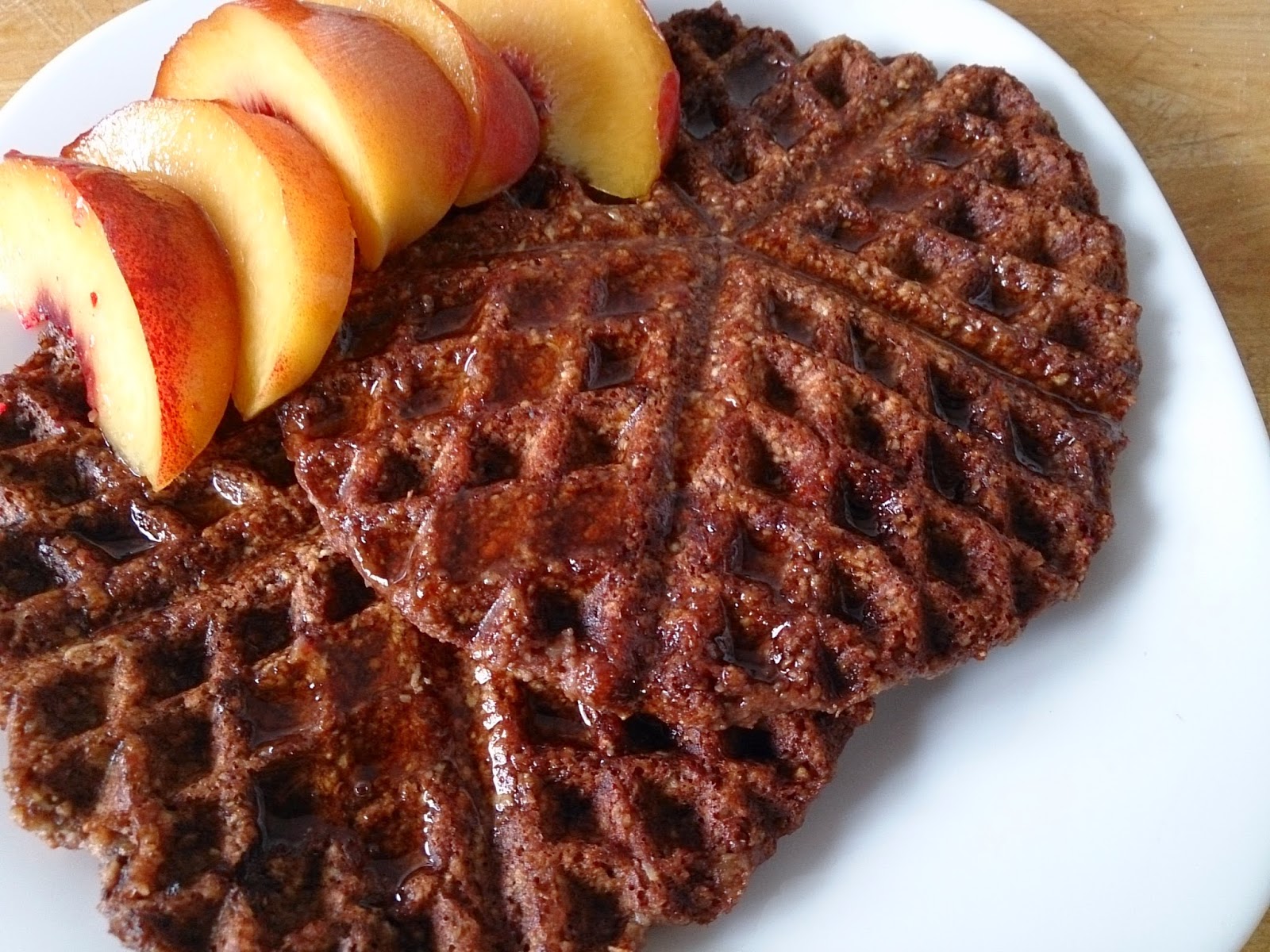


Photograph: Felicity Cloake for the Guardian Liquidīuttermilk waffles – served at Daniel Doherty’s Duck and Waffle as part of the restaurant’s signature dish, and also rated by my perfectionist pals across the pond at America’s Test Kitchen – are the breakfast equivalent of chargrilled steak or goose-fat roast potatoes: a culinary gilded lily that is impossible to resist. And, believe me, there’s little to touch the smugness of waking up to a bowl of bubbling waffle batter in need of a home.ĭan Doherty’s Belgian waffles. Using yeast might sound like a hassle but, in fact, Van Waerebeek only leaves her batter to rise for an hour – although the longer you leave it, the better it will taste Katzen’s overnight versions are good enough to eat on their own and can be knocked up in minutes before going to bed, even after a few drinks. There’s no doubt that both do the job on the rising front, but the yeast-raised waffles have a more interesting flavour, and a fluffier, almost crumpet-like texture – plus, as Van Waerebeek writes in her book, A Taste of Belgium, they are both “lighter and crustier … than the baking powder waffles one usually finds elsewhere”.

Baking powder is more common in modern iterations, however, both on its own or in combination with bicarbonate of soda, presumably because it springs into action immediately, allowing for spur-of-the-moment indulgence. Photograph: Felicity Cloake for the Guardian Raising agentīefore the advent of chemical raising agents in the 19th century, waffles would always have been raised with yeast, as in Ruth Van Waerebeek’s family recipe, which “has kept us happy for as long as anyone can remember” or Molly Katzen’s version in The Essential New York Times Cookook.


 0 kommentar(er)
0 kommentar(er)
